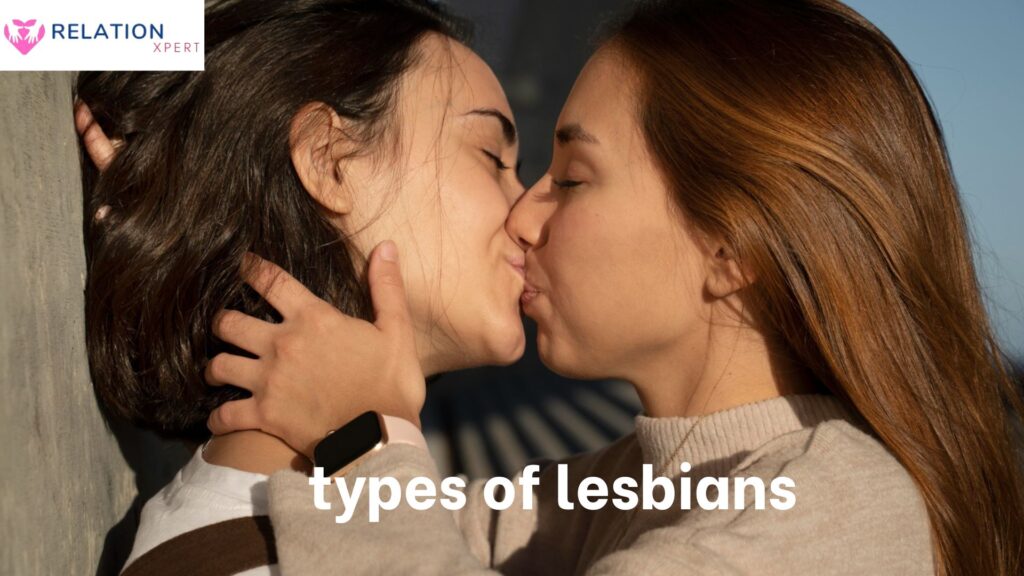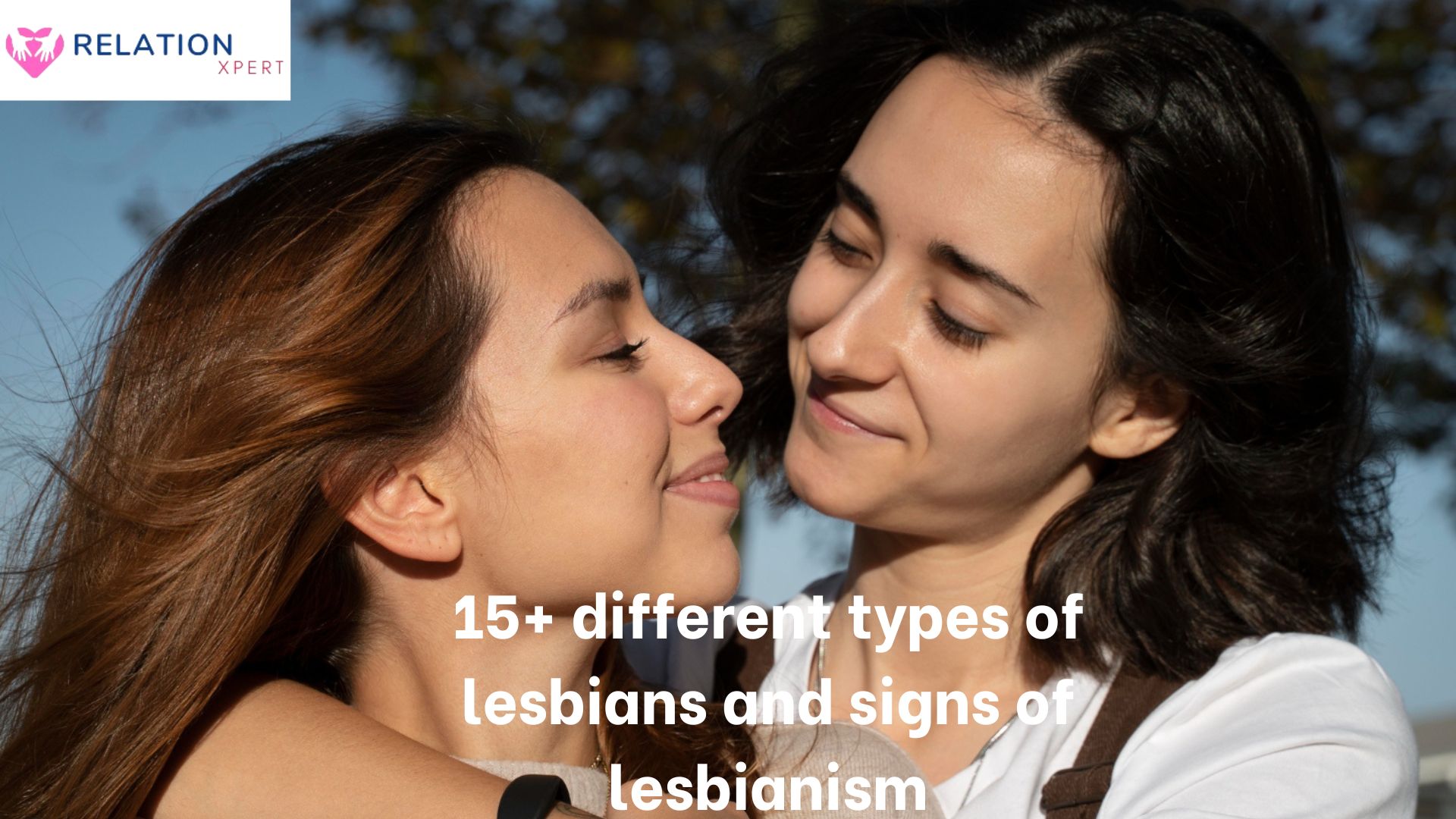The lesbian community is a treasure trove of colors, where each color reflects a unique and vibrant identity. Although some people may have a preconceived notion of what a homosexual “looks like”, the reality is far more spectacular. Lesbians come in all types with different presentations, preferences, and personalities. Come delve deeper into the rich identities of different types of lesbians, discover over 15 types of lesbians and celebrate the fantastic range within this incredible community.
Butch and Femme
The word butch and femme have historically described a social binary in lesbian relationships. Butch lesbians often express themselves in traditionally masculine ways, while female lesbians lean toward femininity. It’s important to remember that these are just representations, not sexual roles. A butch lesbian can be extremely romantic, and a femme lesbian can be a strong, protective partner.
Exploring the Spectrum
The butch/femme binary doesn’t close in on everyone. Many types of lesbians identify as genderless, meaning their presenting blends masculine and feminine traits. romp might echo with a more traditionally masculine style, while others might embrace a more fluid gender expression. The word boi is sometimes used by younger lesbians who identify with a more masculine presentation that feels distinct from butch.
Breaking Free from Labels
Labels can be helpful for some and prohibitive for others. Some lesbians might not identify with any of these terms, preferring simply to be called a lesbian. This is perfectly valid! The most important sense is self-identification.
Preferences in Love and Attraction
Lesbians can have diverse preferences when it comes to their partners. Some types of lesbians might be attracted to women who are similar in presentation (femme-femme or butch-butch), while others might be drawn to women across the range. There’s also the concept of gender non-conforming (GNC) attraction, where someone is attracted to people who don’t strictly bond to traditional gender roles.
Beyond the Couple:
Lesbian relationships can be as varied as any other type of relationship. Some couples might grab traditional roles, while others might have a more just dynamic. Marriage relationships, where both partners have romantic relationships with other people with everyone’s consent, are also present within the lesbian community.
A Multifaceted Identity
Sexual orientation is just one face of a person’s identity. Lesbians can also identify with various cultural,national, religious, and cultural scenarios. These diverse experiences all contribute to the plenty of the lesbian community.
Read More: A true relationship is two imperfect people refusing – tymoff
Shattering Stereotypes
Lesbians are often described in categories, such as the hyper-masculine athlete or the overly feminine trendy. These categories are not only inaccurate but also limiting. Lesbians can be athletes, fashionable, artists, engineers, doctors, teachers – they can be anyone they want to be.
The Power of Intersectionality
Lesbians of color face unique challenges within the LGBTQ+ community and society at large. Racism, sexism, and homophobia can all intersect to create barriers. It’s important to acknowledge these challenges and celebrate the flexibility of lesbians of color.
Why Does it Matter?
Understanding the diversity within the lesbian community is important for further inclusivity and acceptance. It allows us to move beyond categories and celebrate the beautiful scale of lesbian identities.
Celebrating Lesbian Visibility
Lesbian visibility is important for LGBTQ+ rights. When we see ourselves in media, literature, and our communities, it sends a powerful message of verifying and belonging.
Embracing the Full Spectrum
Here are some additional types of lesbians that further showcase the incredible diversity within the community:
Types of Lesbians

Lipstick Lesbians
Lesbians who enjoy expressing their femininity through fashion and makeup.
Chapstick Lesbians
Lesbians who fall somewhere between butch and femme, accept a more casual and genderless style.
Stud Lesbians
Lesbians who are typically masculine in presentation and might be seen as dull “masculine of center” within lesbian relationships.
Stem Lesbians
Lesbians who work in Science, Technology, Engineering, and Math fields.
Stone Butch Lesbians
Lesbians who identify strongly with a masculine presentation and challenge traditional gender roles.
Stone Femme Lesbians
Lesbians who identify strongly with a feminine presentation and may challenge traditional gender roles in their own way.
Pillow Princess Lesbians
Lesbians who enjoy being the more passive partner during togetherness.
Soft Butch Lesbians
Lesbians who express a more fine form of masculinity, often incorporating feminine factors into their style.
Baby Dykes
Lesbians who are never exploring their sexual attitude.
Source of image: https://www.freepik.com/

